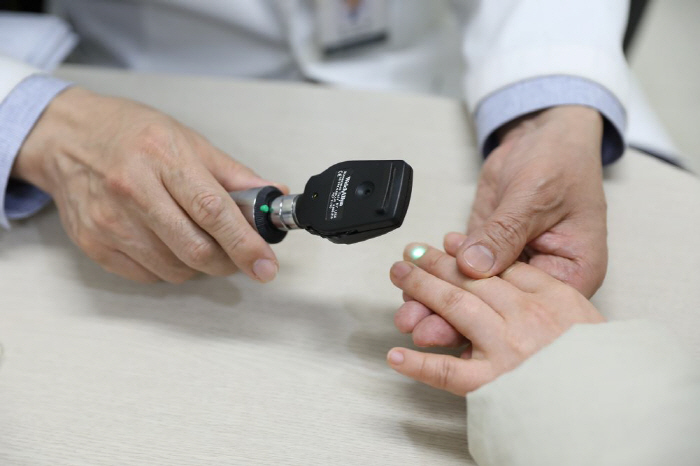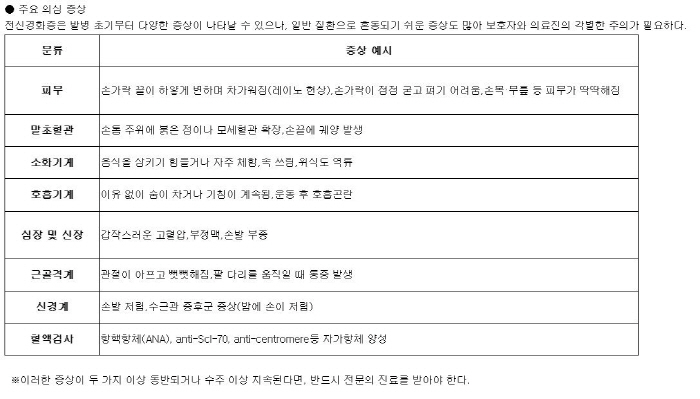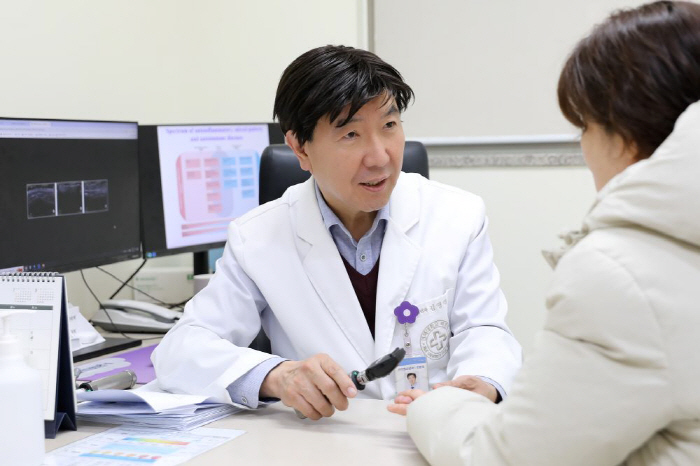If your skin gets hard and your fingertips change color...a suspected rare autoimmune disease
Apr 17, 2025
|
Professor Kim Young-dae of the Department of Pediatrics and Adolescents at Inje University Ilsan Paik Hospital emphasized in a recent data published in the Journal of the Korean Journal of Rheumatic Diseases that "Youth systemic sclerosis is very rare, but it progresses quickly and can cause long-term damage, and early diagnosis and active treatment are very important.'
Systemic sclerosis is a connective tissue disease in which fibrosis of the skin and internal organs progresses. The connective tissue is one of the basic tissues that make up our body and serves to connect and support other tissues or organs.
Systemic sclerosis causes swelling of the skin, such as fingers, wrinkles disappear, and inflammatory symptoms such as redness and pain appear. The main symptoms include ▲ fingertip ulcer, ▲ capillary abnormalities around the nail, ▲ difficulty swallowing, ▲ heartburn, ▲ arrhythmia, ▲ decreased kidney function, ▲ pulmonary fibrosis, ▲ decreased oxygen exchange capacity, ▲ numbness in the hands and feet, ▲ joint pain and muscle inflammation, and ▲ autoantibody positive.
It affects major organs such as lung, heart, kidney, and gastrointestinal tract, resulting in various symptoms, and it is difficult to discriminate with only a single symptom and is easily confused with the normal development process of growing children, requiring careful observation by guardians and medical staff.
|
In addition to immunosuppressants such as methotrexate and mycophenolate, various biological agents have recently been used for major treatments, and physical therapy and medication to assist respiratory and heart functions should be combined.
Adolescent systemic sclerosis is a rare disease that may be unfamiliar to the general public as well as medical staff. Most occur around the age of 10, and early symptoms can be detected in daily life.
Professor Kim Young-dae advised, "'Teleosclerosis often shows Raynaud' phenomenon in which the fingertips pale and then turn blue when exposed to cold or stress.'" "In addition, if a child fails to straighten his or her fingers, is out of breath or frequently complains of gastrointestinal problems, he should not overlook it as a simple disease and seek medical attention from a pediatric rheumatologist."
※How to treat juvenile systemic sclerosis
- Immunomodulators: methotrexate, mycophenolate, etc
-Biologics: Latest treatments to inhibit inflammation and fibrosis
-Physical/work therapy: Prevent joint construction and maintain movement
-Supplementary treatment by organ: purpose of maintaining lung, heart, and kidney functions
|
This article was translated by Naver AI translator.
















